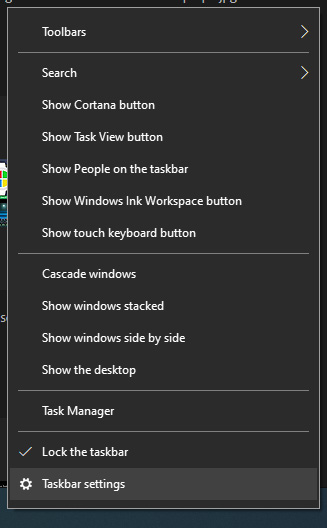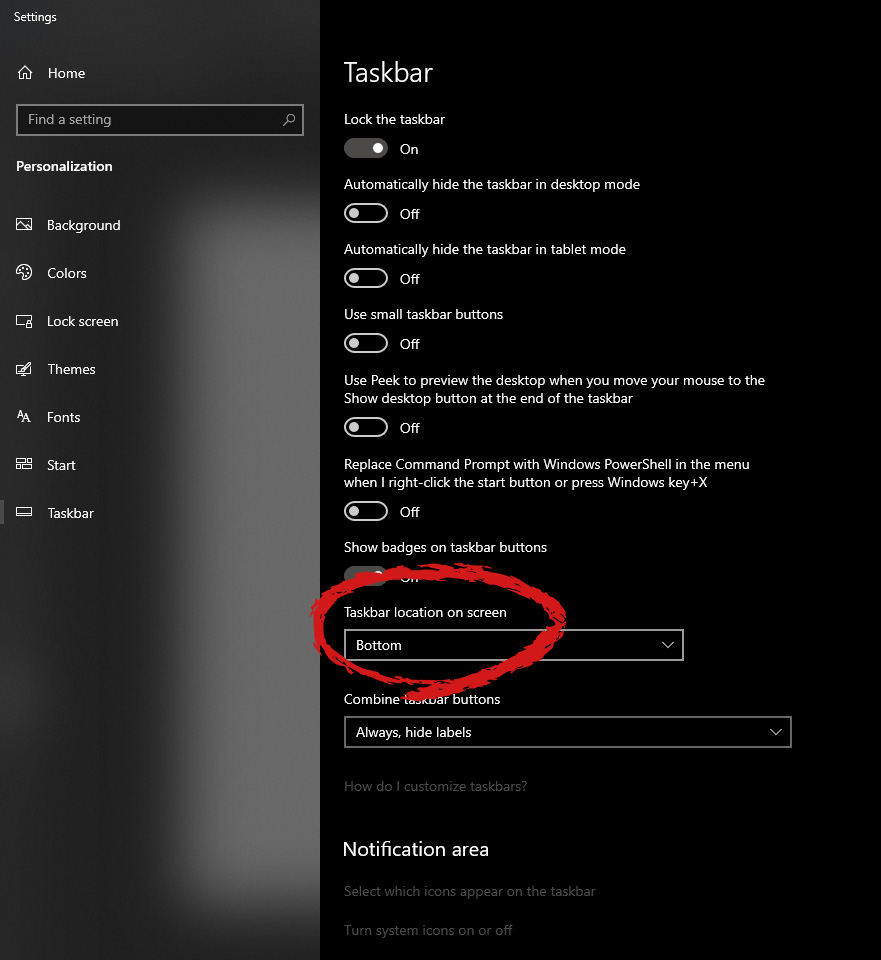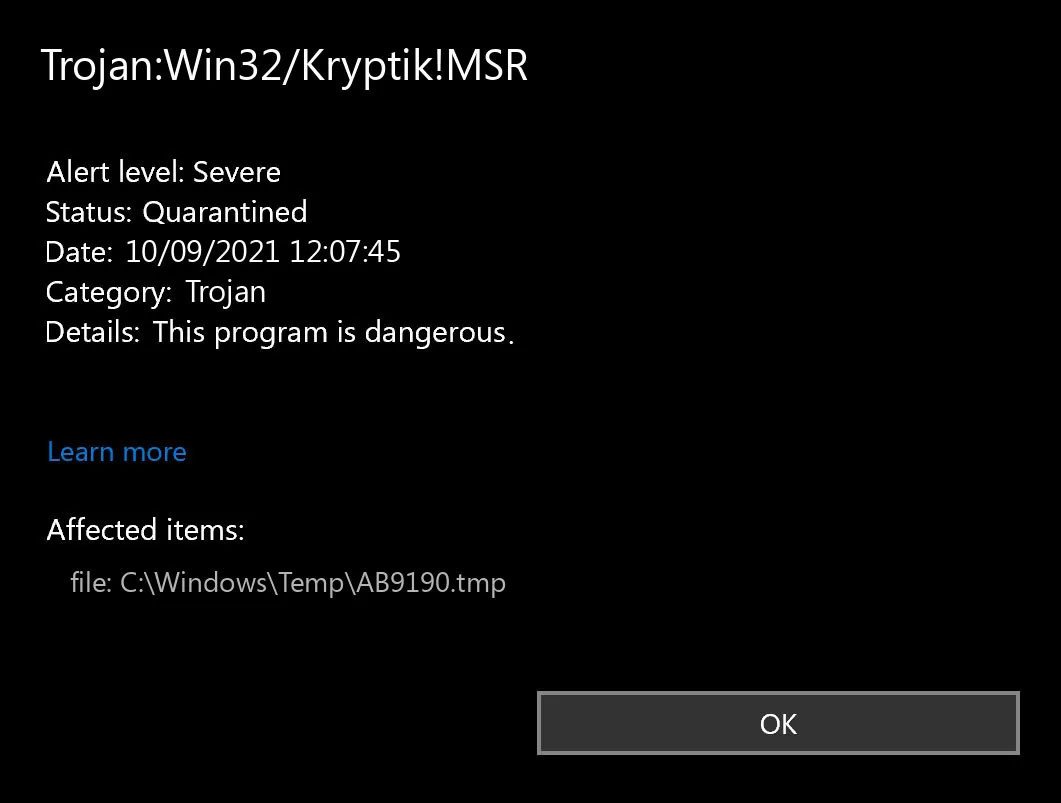Installer Error 1603 - What is it?
Installer Error 1603 message occurs during the installation of the Microsoft Windows installer Package. The error message is often displayed as the following:
'Error 1603: A fatal error occurred during installation.'
It indicates a problem occurred during the installation process and unsuccessful installation.
Solution
 Error Causes
Error Causes
The installer error 1603 may occur if:
- The folder you are trying to install the Windows Installer package to is encrypted
- The system account does not have full control permissions
- Incorrect installation
- Registry issues
Further Information and Manual Repair
To resolve this error on your system, try the solutions listed below:
Solution 1: Install-Package in an Un-Encrypted Folder
Try installing the package to a folder that is not encrypted. However, if the error still persists, try other solutions listed below.
Solution 2: Enable Full System Control Permissions
Sometimes the error may occur when you don’t have system full control permissions. To enjoy full control permissions here’s what you need to do, go to my computer and right-click the drive that you wish to install the Windows Installer Package to.
After that click properties and the security tab. If you can’t locate the security tab, this means your Simple File Sharing feature is turned on.
You need to turn it off to continue. For that go to my computer, tools, and then click folder options. Now here press the view tab and check the Simple File Sharing box to turn it off.
Press OK to save changes. Now you will be able to locate the security tab.
Click on the Security tab and verify the name box that contains the system user account. If the system user account is empty then insert the account name. To insert, click Add, and then select user's dialog box, add a name, and close.
Now go to the permissions section and check the box ‘Allow’ under full control. After that go to the ‘Advanced’ tab and do the following: If you are an XP user, select ‘Replace permission entries on all child objects with entries shown here that apply to child objects’ and then press OK to confirm.
If you are not an XP user, then follow the same instructions but select the check box that says ‘Reset permissions on all child objects and enable propagation of inheritable permissions’ for the system account. Now click OK to confirm.
To activate changes you will have to wait for a while. Once the changes are activated, try installing the Windows Installer package again.
Solution 3: Clean and Repair Registry
The Installer error 1630 can occur due to registry problems as well. To resolve registry-related issues download Restoro.
This is a cutting-edge and advanced registry cleaner that scans your entire PC for registry-related errors in seconds and resolves them spontaneously. It removes all the unnecessary junk files, bad keys, invalid registry entries, cookies, and internet history cluttering and corrupting the registry.
It repairs the damaged system files and repairs the registry right away thereby resolving Installer Error 1630 on your PC.
It is safe and efficient. It is embedded with an intuitive algorithm and a sophisticated user-friendly interface. It is easy to use and operate. You can download it on any Windows version.
Besides functioning as a registry cleaner, it also functions as an antivirus and a system optimizer.
Click here to download Restoro on your PC to resolve all registry issues generating the installer error 1603 on your system.


 in the menu, on the bottom choose taskbar settings. Once the settings dialog opens, on the right side locate the taskbar location on screen.
in the menu, on the bottom choose taskbar settings. Once the settings dialog opens, on the right side locate the taskbar location on screen.
 Click on the dropdown menu and choose the desired location for the taskbar.
Click on the dropdown menu and choose the desired location for the taskbar.  Trojan.Kryptik creates the following registry entry or registry entries:
Trojan.Kryptik creates the following registry entry or registry entries: